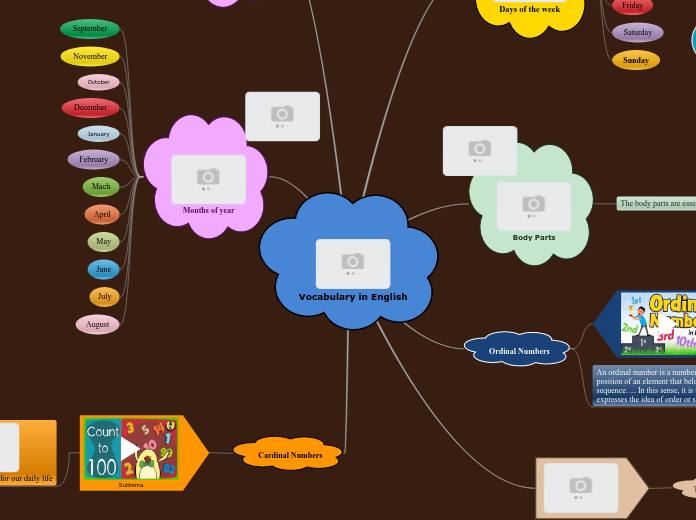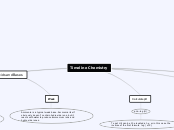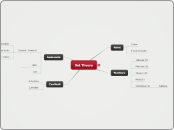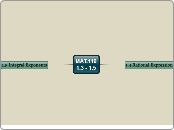por Cameron Smmith hace 3 años
193
Elementary School Mathematical Concepts
Converting between different numerical bases involves understanding how each base represents values differently. For example, base ten, commonly used in everyday math, can be compared to other bases like base six.









